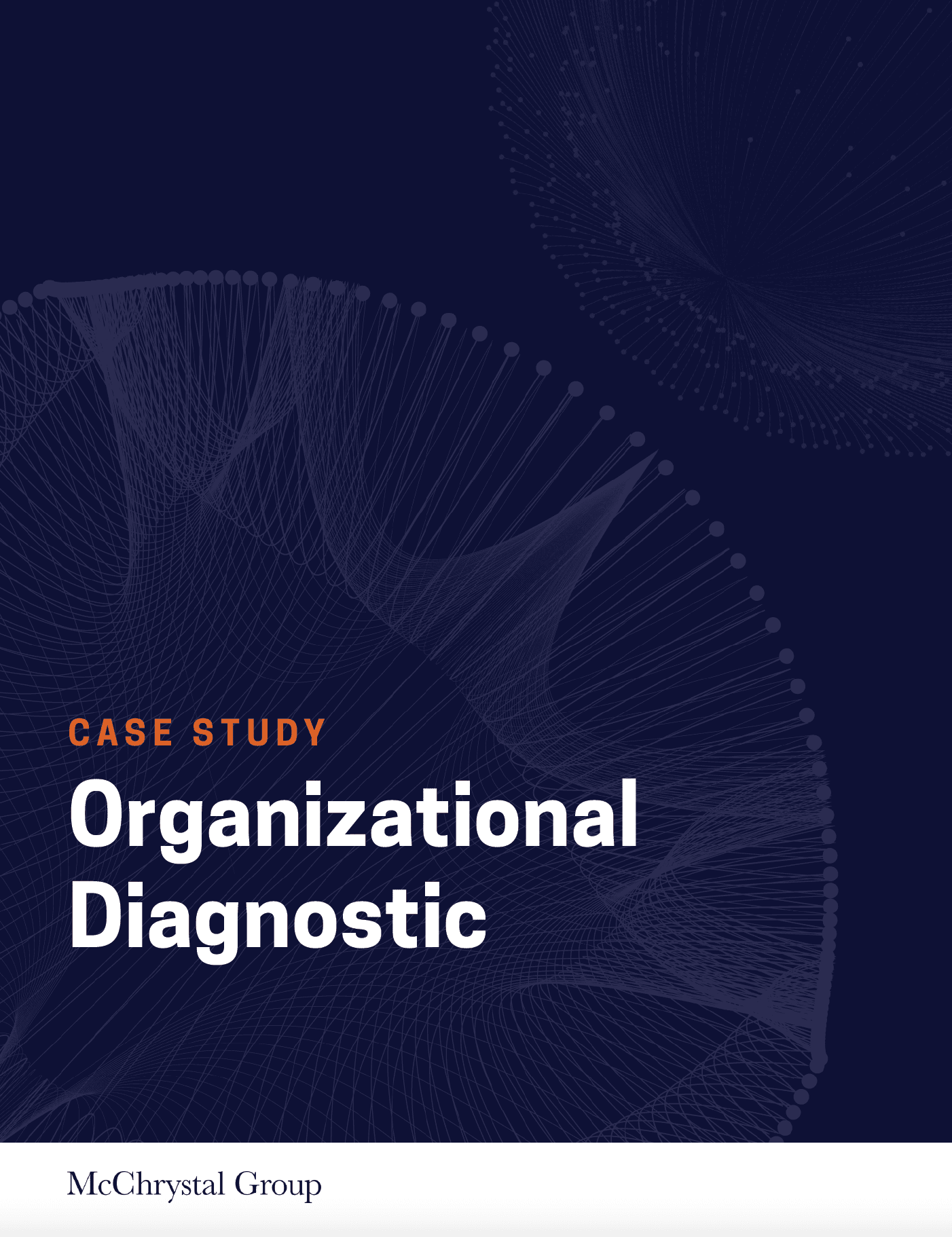To date, we have conducted over 80 organizational diagnostic assessments and amassed over 5 million data points on how complex organizations truly operate. The following case studies provide a snapshot of some of these insights.
Healthcare Technology Company

McChrystal Group partnered with a private equity firm that had acquired multiple health care technology companies and merged them to form a new entity. Before and during the merger the firm worked to identify the value that the integration would deliver. Specifically, the firm hoped to achieve economies of scale by consolidating shared service functions, such as R&D and customer support. Additionally, the firm planned to drive new revenue by launching a new product that drew on one portfolio company’s expertise in product development and delivery, and another portfolio company’s sales capability. However, three years after the acquisition, the new company had made little progress on the integration and was struggling to deliver the promised synergies.
Findings
Legacy companies operated in isolation and failed to communicate mission critical information
Network analysis immediately revealed that the three major legacy companies that made up this new organization had incredibly limited integration, even after three years of focused effort. This lack of integration posed major challenges to the organization: not only were they struggling to deliver on promised growth and savings, they were actually losing existing customers because of their unintegrated approach. Further network analysis found that the organization’s customer-oriented teams (sales, customer support, account management, etc.) were especially disconnected. Interviews revealed that their customers were growing increasingly frustrated as they were relayed between disconnected teams with different systems, processes, and access to information.
Their difficulty obtaining information had become so profound that one customer support lead noted with embarrassment that their process for fixing client problems included “asking the customer how it’s supposed to work.” Even senior leaders struggled with this challenge; one senior director, who had a larger network than most to pull on, commented that when she reached out to other teams with questions, she only received responses 50% of the time.
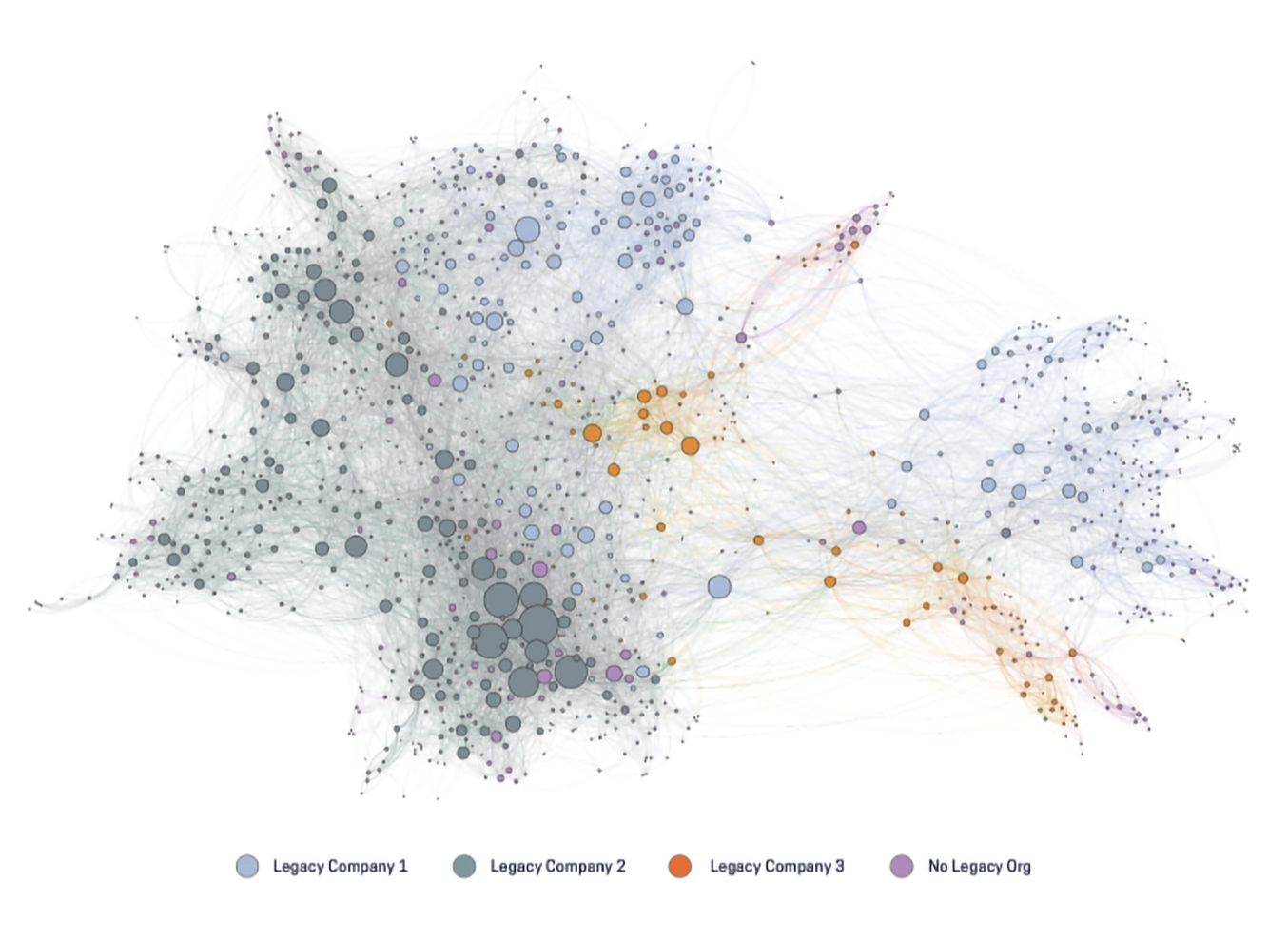
Figure 1: Network Map Showing Lack of Integration
Unchecked attrition had created single points of failure that posed major risks to long term sustainability
During initial interviews and workshops leaders referenced increased employee turnover but did not believe it to be a major problem. However, McChrystal Group analysis found that attrition had severely undercut the organization’s institutional knowledge, leaving a small number of mid-level employees as the shaky linkages between already disconnected teams, or as the subject matter experts on core products.
This left most employees struggling to get the information they needed to do their job and posed serious risks to the organization’s ambitious goals. McChrystal Group analyzed the communication network between three teams (inside sales, outside sales, and a service team) whose collaboration was considered integral to the development and delivery of a major new revenue-driving service. The analysis found that the teams relied on a single person for 70% of the information flow between the sales and service teams.
When asked to whom employees go to as good sources of help or information,
5% of employees accounted for over 50% of mentions as sources.
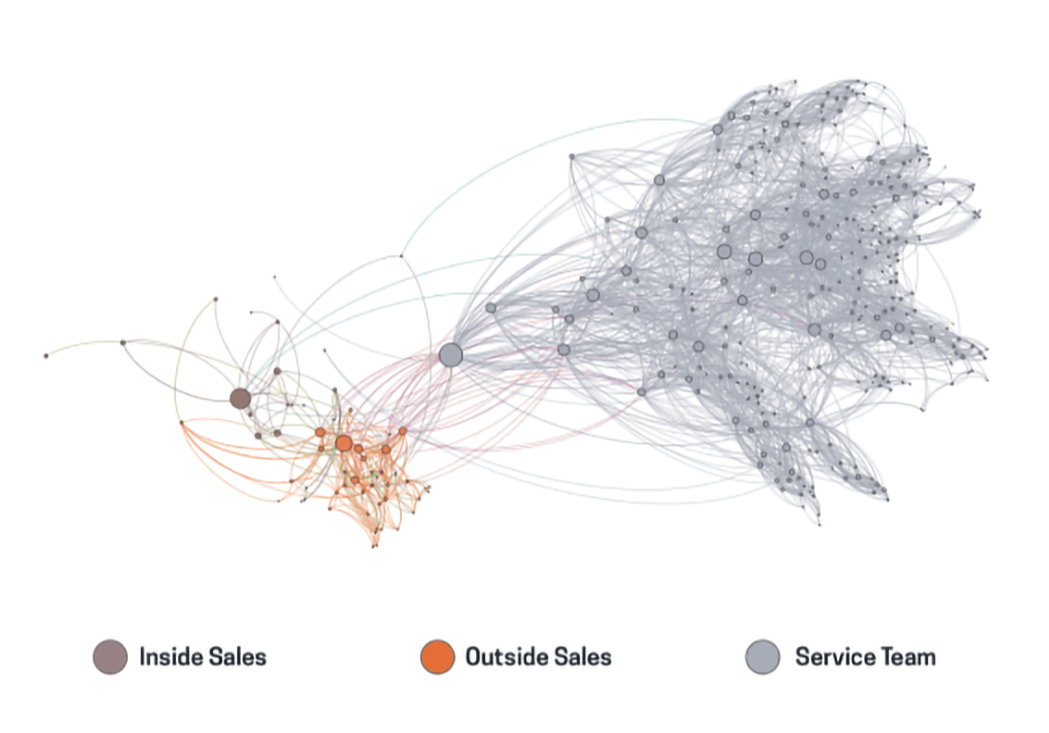
Figure 2: Team Level Network Map Showing Single Point of Failure
Outcome
Without targeted interventions, employee frustration and attrition would increase
By looking at how different levels rated the company against the Teams of Teams framework, it becomes clear that while certain indicators, such as Situational Awareness, are universally given low scores, other indicators vary by level. Specifically, the lower an employee was in the organization, the lower those employees rated the organization on Shared Ownership and Operational Objectivity.
This illustrates lower level employees, who were at many times those single points of failure from the previous findings, believed that they had little say in the future of the organization and that the organization did not treat them fairly. Specifically, employees felt as if they did not have the resources necessary to do their jobs and that their feedback on this shortcoming and other issues would not be heard. If not addressed, these issues would exacerbate frustrations and contribute to additional attrition.
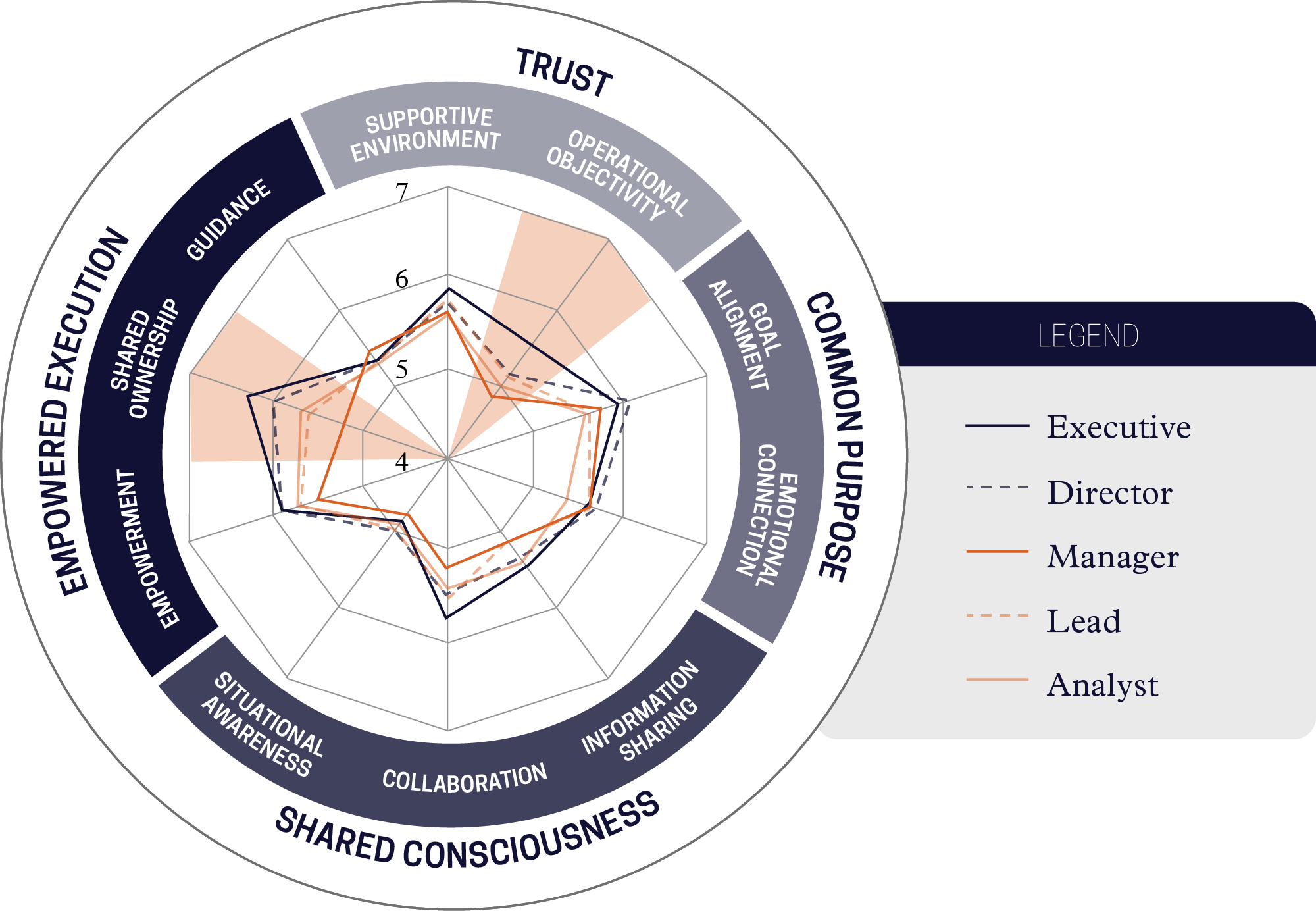
Figure 3: Team of Teams Framework by Level Showing Lower Level Frustration
Real Estate Investment Bank

McChrystal Group partnered with a global real estate investment bank that realized it was facing a changing market. The firm was enjoying rapid expansion beyond its traditional market and product lines in North America, and into markets and new products in Europe, the Middle East and Asia. As a result of this growth they were facing two core challenges:
- The environment that they were now operating in was far more complex than they were used to. The internal infrastructure of the bank was designed around a regional North American model, and was not fit for their new global, multi-product footprint.
- This 50-year old firm was extremely proud of its culture, which emphasized collaboration and teamwork. As the firm grew, this culture was becoming diluted, and senior leadership feared that the original culture would be lost.
Findings
Leadership had a different understanding of the firm and its operating environment
The organizational diagnostic showed that the firm’s leadership had a different, and often more positive, view of the firm and its operating environment than employees closer to the front line. The radar chart in Figure 4 shows how employees at each level in the hierarchy rated the performance of the company against the Teams of Teams framework.
The concentric pattern indicates a more positive response for each level up the hierarchy. This indicates a divide between leaders and those closest to the front line. When there are differences of opinion between leaders and followers about the fundamental components of value creation, we see a rise in problems of execution.
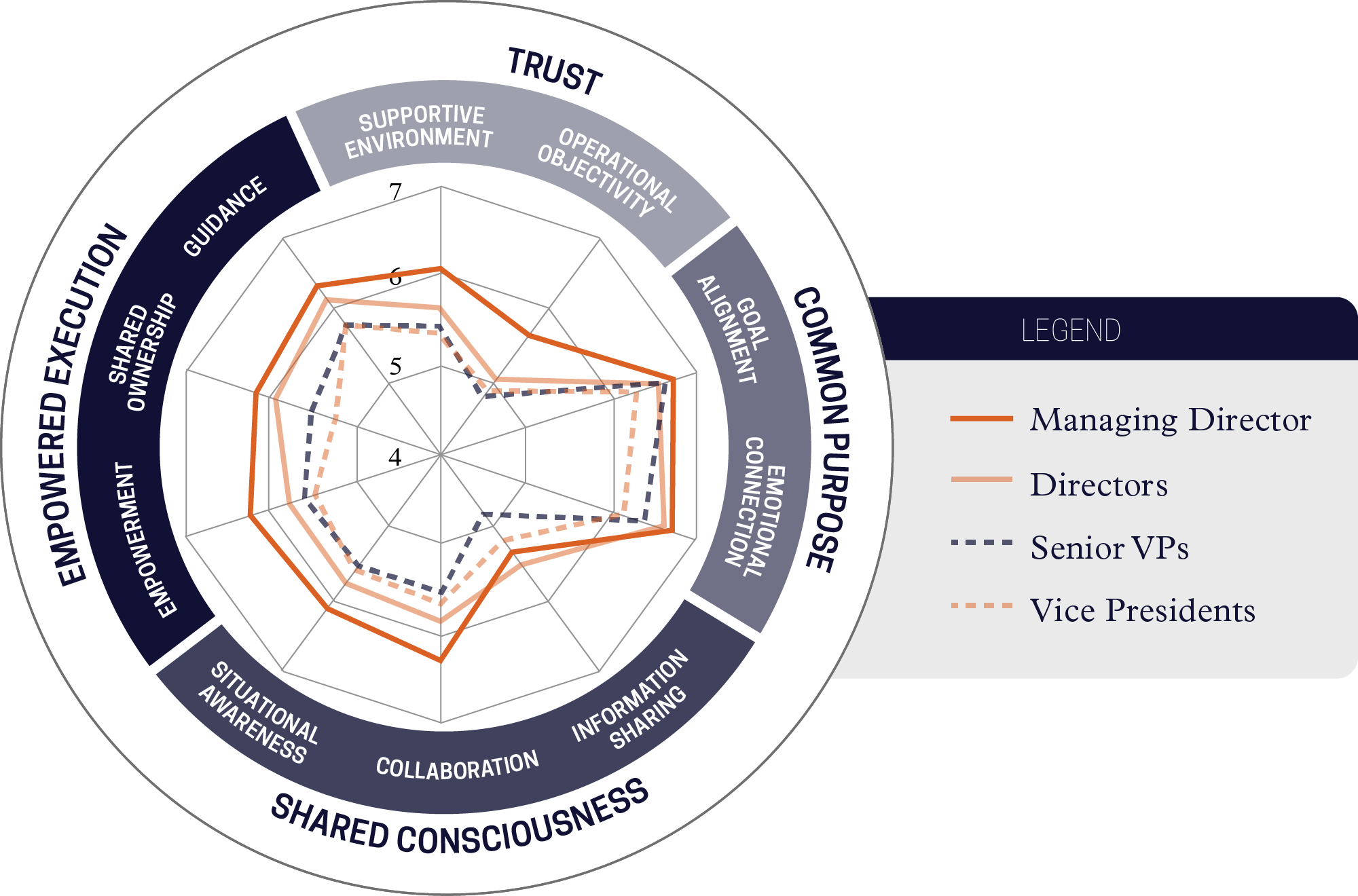
Figure 4: Team of Teams Framework Showing Leadership Bias
Leaders had become bottlenecks for information flow
During the network analysis employees were asked to list people that they went to for information as well as those to whom they needed more access. The graph below shows the distribution of Managing Directors against these two variables. People that fall above the diagonal intersect line hinder the flow of information through the organization (more people need them than currently go to them as a source of information).
Upon further investigation many of these requests for access were driven by the need for a decision. To become an agile organization the firm needed to push decision making further down the hierarchy, empowering more junior members who were much closer to the front-line.
11 of the 13 people in the executive team fall above
the line indicating that they are bottlenecks of information
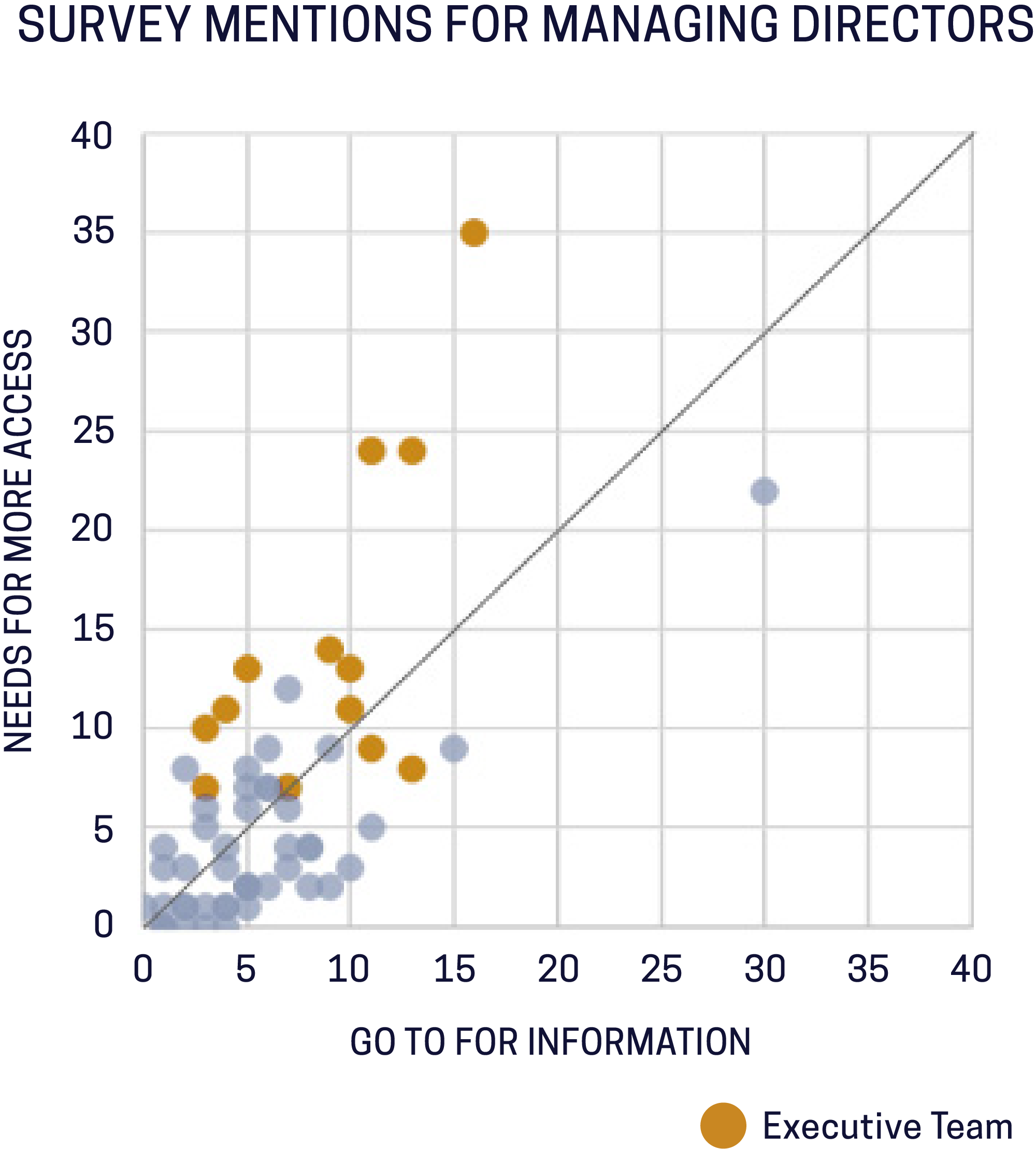
Figure 5: Information vs Access Mentions Showing Bottlenecks
Outcome
By aligning and leveraging mid-level leadership, the firm dramatically improved their client coverage and customer experience.
Through network analysis, McChrystal Group identified a cohort of mid-level employees who were well-positioned to drive information-sharing across geographies. Further, through interviews and focus groups, McChrystal Group identified the type of information that had historically existed only in the minds of the Managing Directors. By coupling these findings, the firm was able to create a market intelligence forum that actively leveraged the mid-level cohort to disseminate and reinforce actionable and relevant information on a regular cadence.
As a result, more than 80% of employees agreed that the forum improved their ability to do their jobs and create value for their clients. Additionally, the percentage of employees who agreed that they were incentivized to proactively share relevant market intelligence rose from 50% to 80%. Network analysis after these interventions revealed that the network had become dramatically more robust and resilient, less reliant on hierarchical reporting structures, with significantly more communication across geographical barriers.
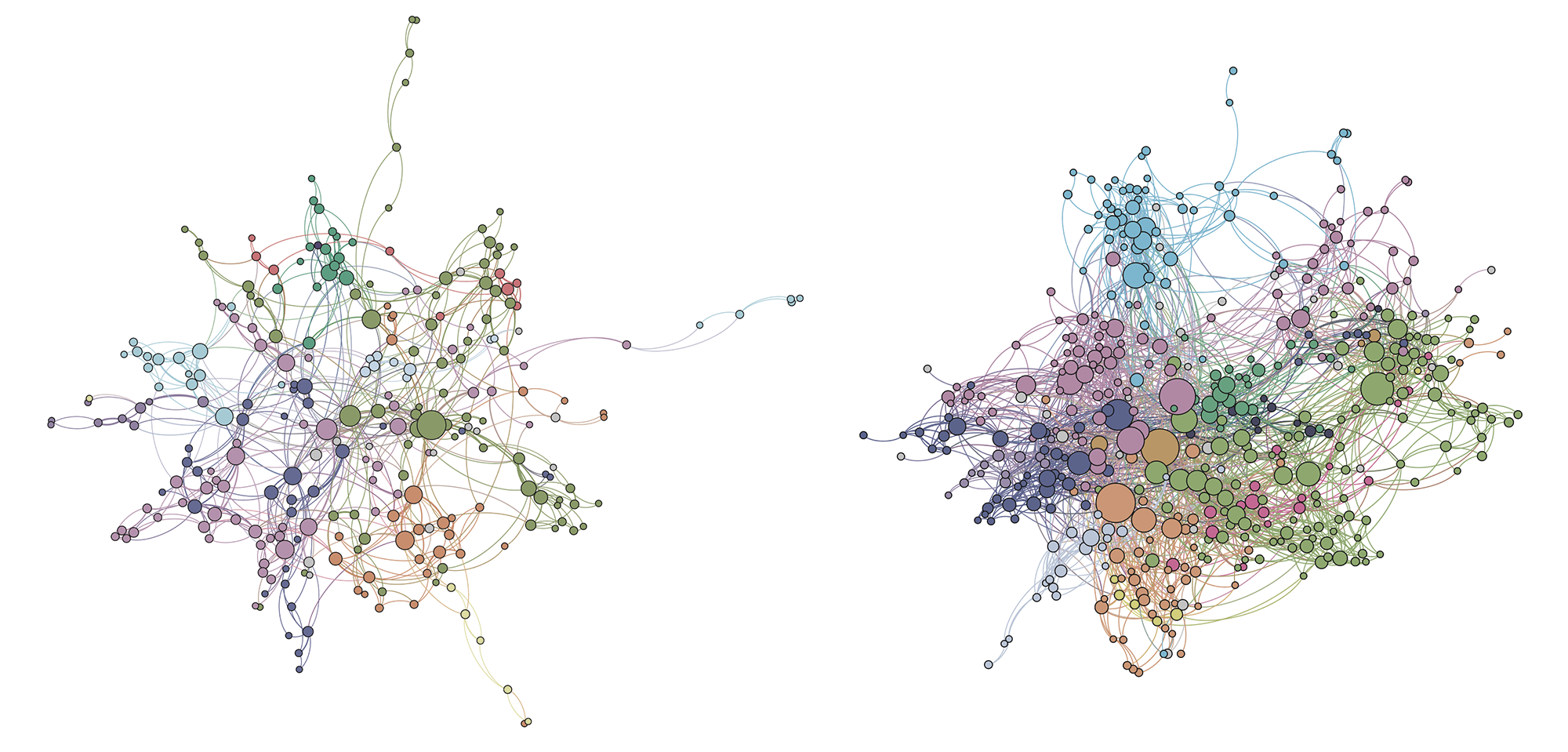
Figure 6: (Left) Network Map Before Interventions, (Right) Network Map After Intervention


